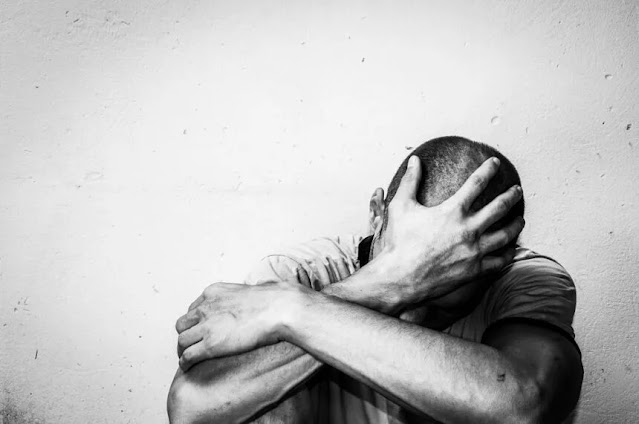India is a land of diversity, with a rich cultural heritage and a vast population of more than 1.3 billion people. However, one alarming trend that has been witnessed in recent years is the growing number of suicides in the country. Suicide is a complex phenomenon that has both personal and social causes, and its increasing rate in India is a matter of great concern.
According to data from the National Crime Records Bureau (NCRB), there were 1,64,033 suicides in India in 2021, making it one of the leading causes of death in the country. This translates to an average of 449 suicides every day or one every three minutes. The suicide rate in India is also higher than the global average, with a rate of 12.0 per 1,00,000 population compared to the global rate of 9.0.
One of the most significant factors contributing to the alarming rate of suicides in India is mental health issues. According to the World Health Organization (WHO), India is the most depressed country in the world, with nearly 56 million people suffering from depression. Depression, anxiety, and other mental health disorders can be caused by a range of factors, including financial stress, family problems, work-related stress, social isolation, and relationship issues.
Another factor that contributes to the high suicide rate in India is social and economic factors. Poverty, unemployment, lack of education, and limited access to healthcare can all contribute to the sense of hopelessness and despair that can lead to suicide. The pressure to succeed and meet societal expectations, particularly in highly competitive fields such as education and employment, can also contribute to mental health issues and suicidal thoughts.
One of the most vulnerable groups in India in terms of suicide risk is the farming community. In recent years, farmers across India have been facing a crisis, with many taking their own lives due to mounting debts, crop failures, and other issues related to agriculture. According to a report by the NCRB, there were 10,281 farmer suicides in 2019, accounting for 7.4% of all suicides in the country.
Gender is another important factor in understanding the suicide epidemic in India. Men are more likely to die by suicide than women, with a suicide rate of 16.5 per 1,00,000 population compared to 7.7 for women. However, women are more likely to attempt suicide than men, with an attempted suicide rate of 37 per 1,00,000 population compared to 28.5 for men. This suggests that while men may be more successful in taking their own lives, women are also at high risk for suicidal thoughts and behaviors.
The high suicide rate in India is not just a personal tragedy but also a public health crisis. Suicide can have a significant impact on the mental health and well-being of family members, friends, and entire communities. Suicide prevention and intervention strategies are crucial to addressing this issue, and there are several steps that can be taken to reduce the suicide rate in India.
One of the most critical steps in reducing the suicide rate in India is to increase awareness about mental health issues and reduce the stigma associated with seeking help. Education and awareness campaigns that focus on mental health can help reduce the shame and embarrassment that many people feel about their mental health struggles, and encourage them to seek help.
Another important step is to improve access to mental health services, particularly in rural areas where the suicide rate is particularly high. This can be achieved by training more mental health professionals, increasing the number of mental health facilities, and implementing telemedicine services that allow people to access mental health services remotely.
Addressing the economic and social factors that contribute to suicide is also critical. This includes addressing poverty, improving access to education and healthcare, and creating job opportunities for young people.




